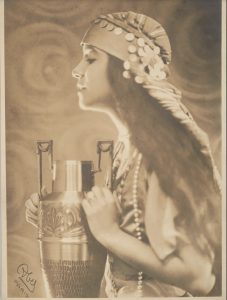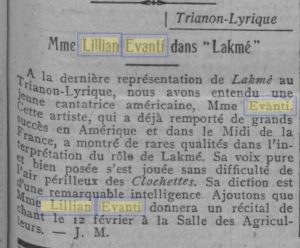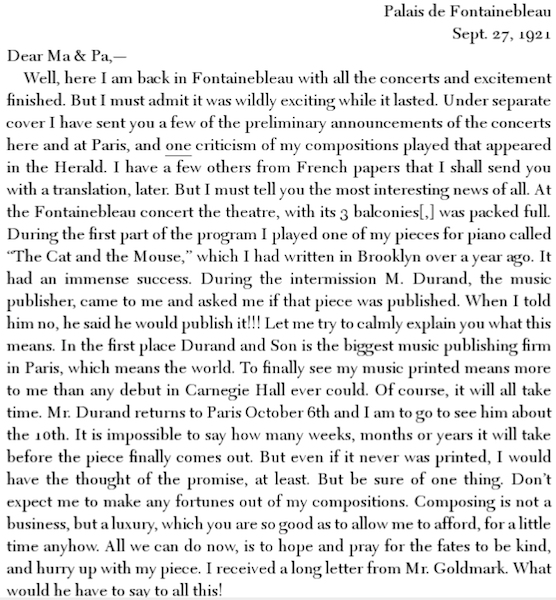Lillian Evanti, unknown to me before this class, is an iconic figure in the operatic world. In 1925, she emerged as the first African American to perform as a professional opera singer in Europe. The Howard University alumna was also a soror (Zeta Phi Beta), speaker, teacher, art collector, activist, and goodwill ambassador for the Department of State.
Throughout her life, she traveled across the United States and Europe as an accomplished musician. One of her most notable performances debuted in Delibes’s Lakmé in Nice, France in 1925.
Despite being praised in Europe, her success in America was exclusively highlighted by black newspapers. The Pittsburg Courier and The Oakland Tribune are some examples of black newspapers bringing Lillian Evanti to American audiences.
Her popularity in America compared to her popularity in Europe was fairly contrasting. In American newspapers, she would be visiting a high school and typically black schools, whereas in Europe she was endlessly praised for her beautiful voice and performances.
One specific sentence in this newspaper roughly translates that her pure and well-posed voice played without difficulty with the perilous air of bells. How different she is talked about in Europe.
As my group project on Lillian Evanti’s career continues to develop, I continue to learn more and more about her and what she accomplished for black classical musicians during her time.
1 Evans-Tibbs collection, Anacostia Community Museum Archives, Smithsonian Institution, gift of the Estate of Thurlow E. Tibbs, Jr.
2 Evans-Tibbs collection, Anacostia Community Museum Archives, Smithsonian Institution, gift of the Estate of Thurlow E. Tibbs, Jr. Box 1, Folder 6.
3 Soprano to Sing Tomorrow Night, Oakland Tribune, Monday, April 01, 1935
4Messager, Jean. “Mme Lillian Evanti Dans ‘Lakmé.’” Comoedia. January 24, 1927. Accessed 11/15/2022. https://gallica.bnf.fr/ark:/12148/bpt6k7651736k/f3.item.r=lillian%20evanti.zoom





